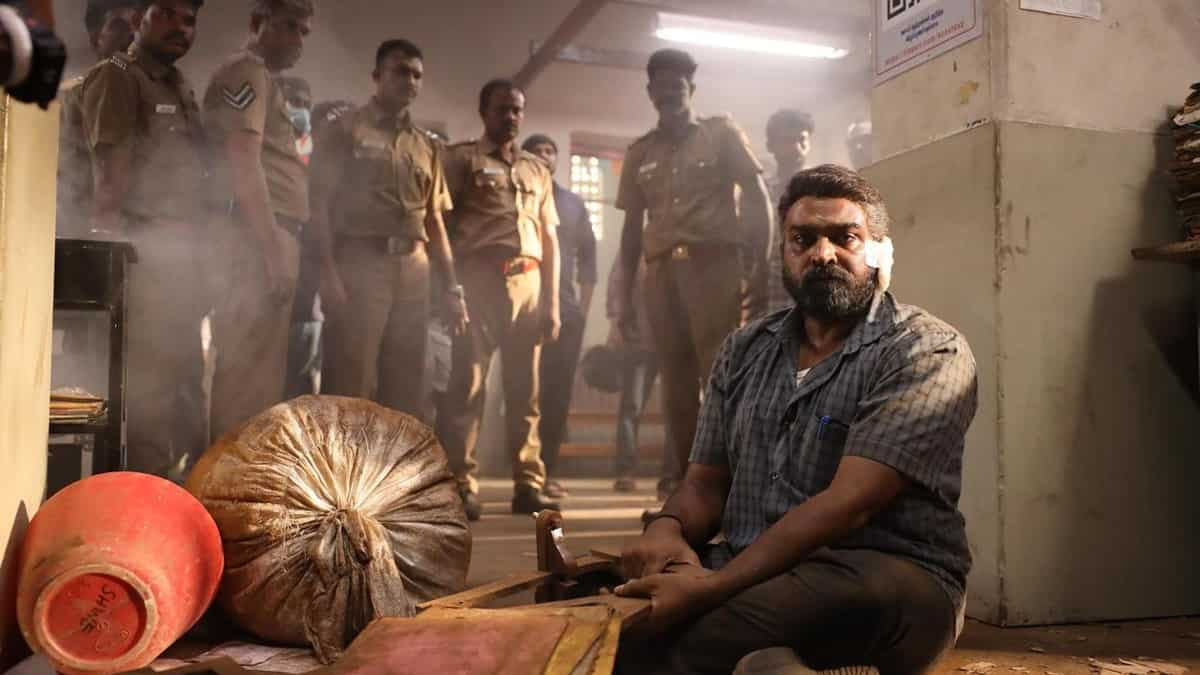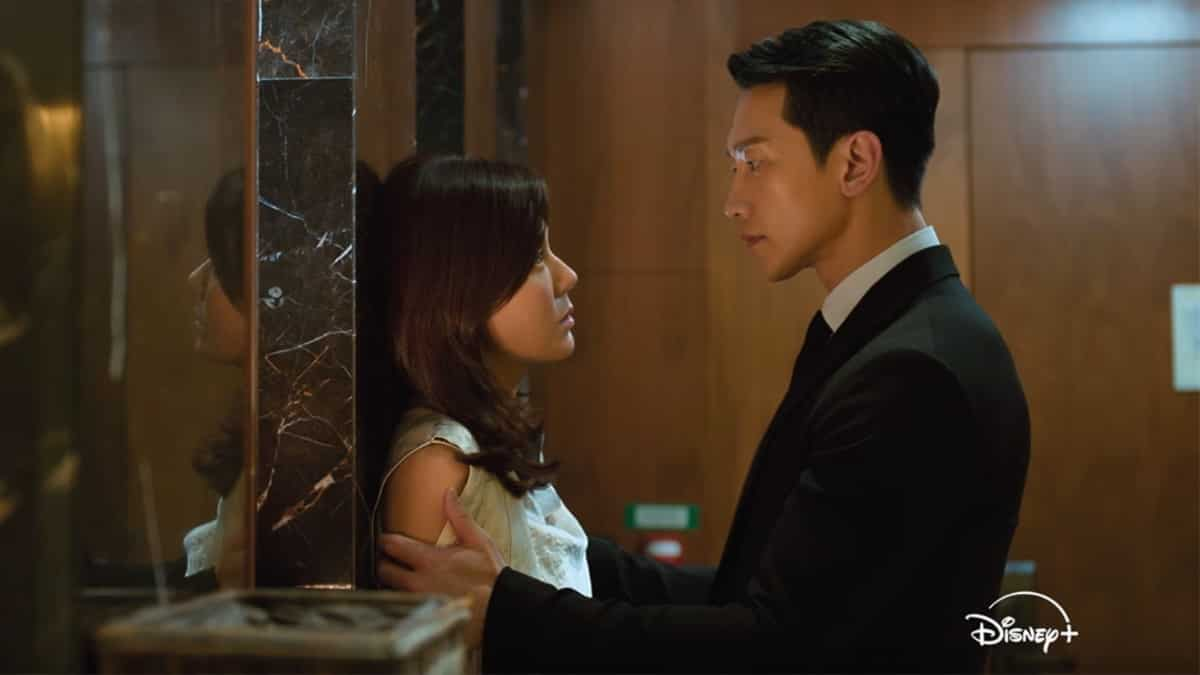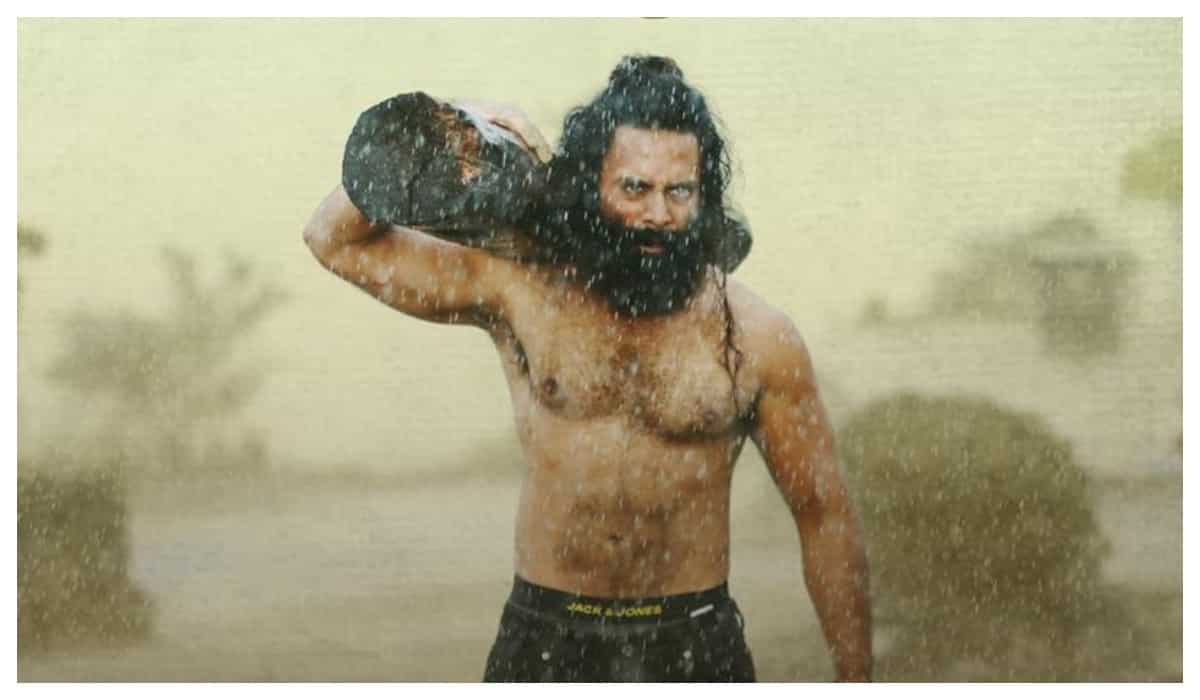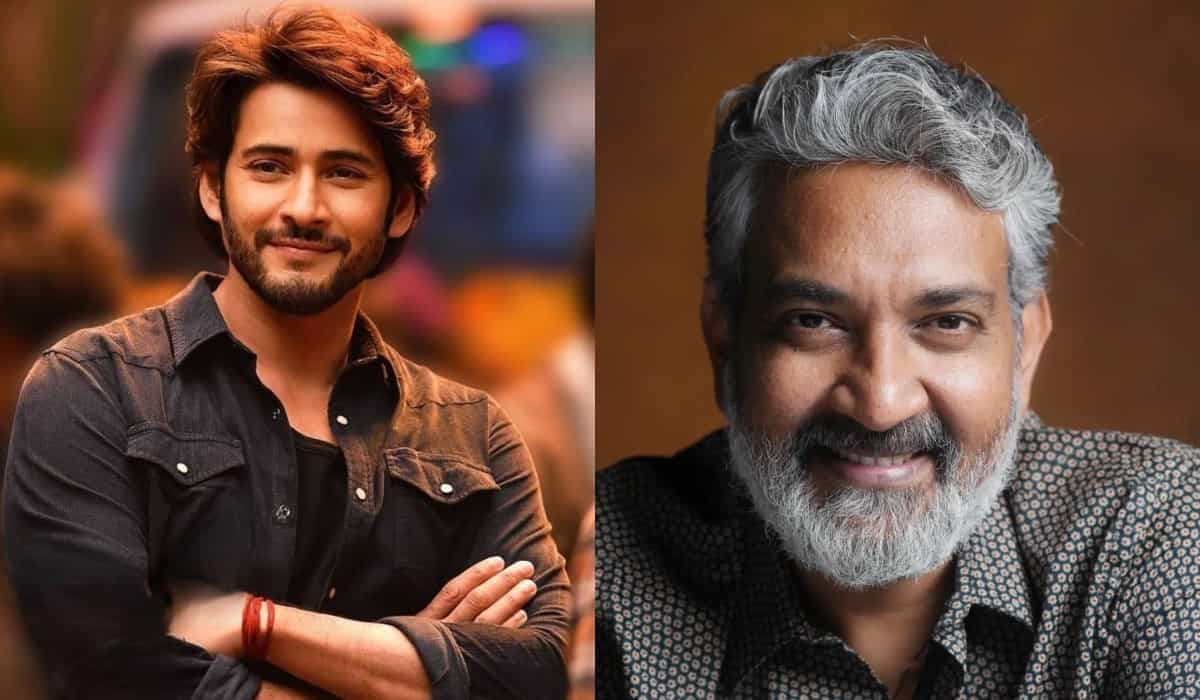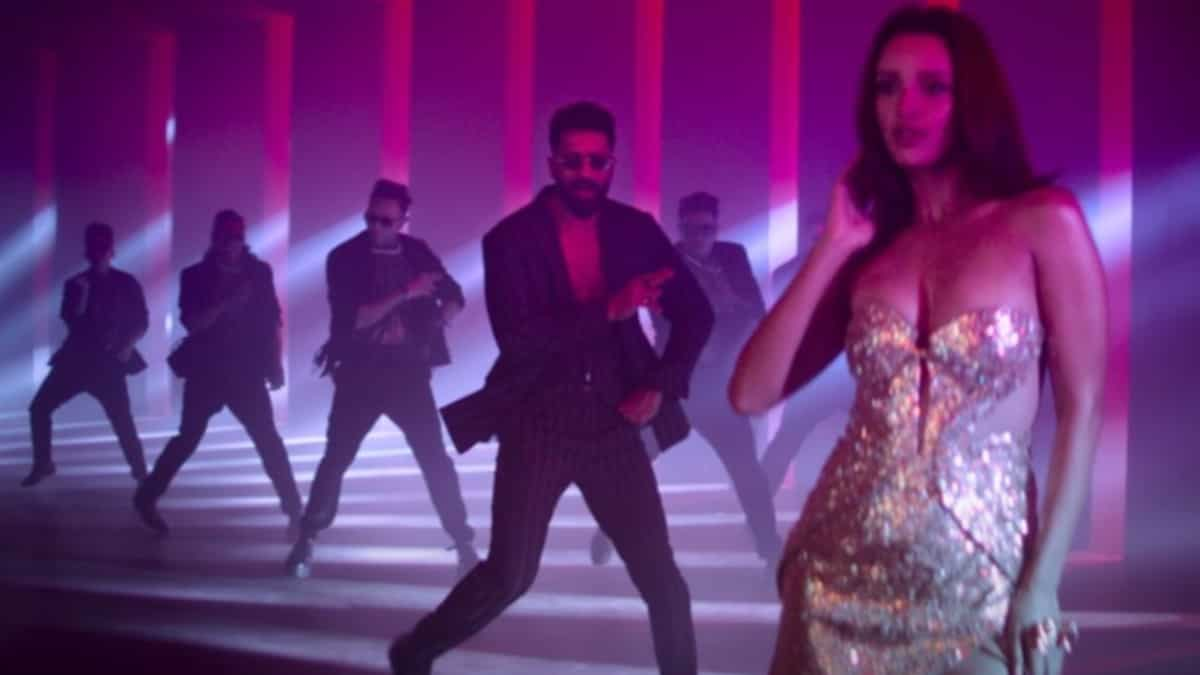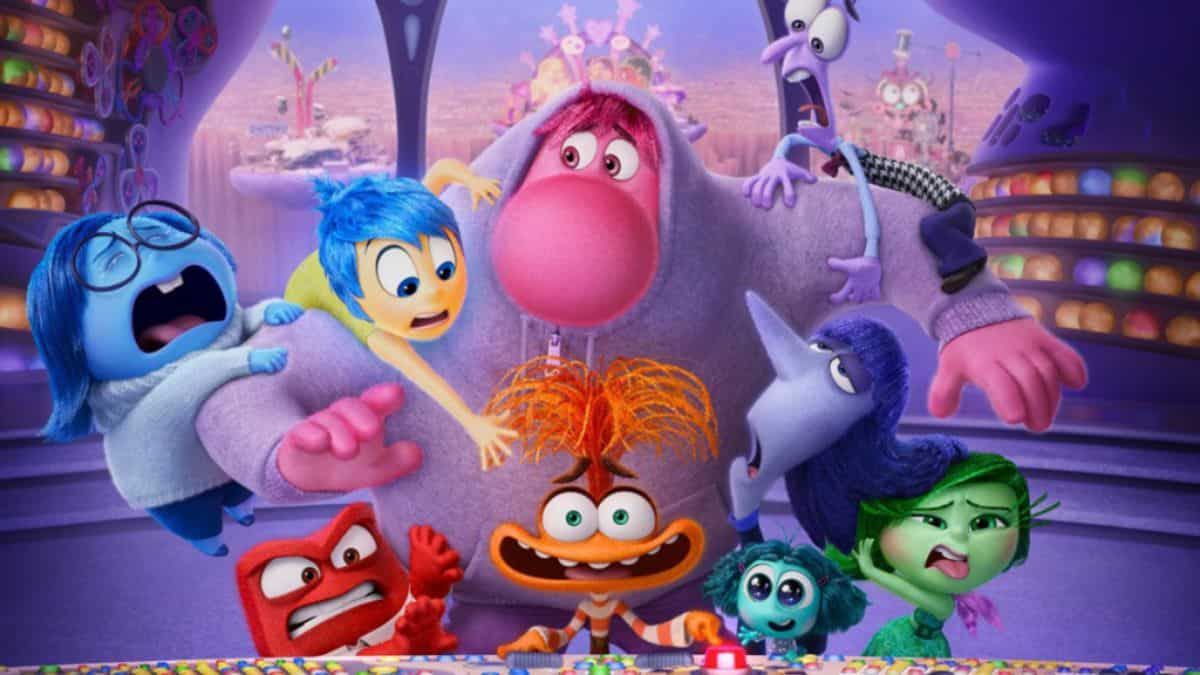
Inside Out 2: Pixar’s Finest Franchise Gets Freckles & Braces
17 days ago | 7 Views
I REMEMBER my 13th birthday like it was yesterday. Not my 12th, not my 14th, but my 13th. Maybe it’s a core memory. It was the beginning of summer vacation. My dad hosted a cricket match in the field behind our apartments. The weather was behaving. 15 of my invited friends were excited. I could barely believe all of them showed up. But for some reason, I didn’t enjoy a single minute. Something felt off. I was all over the place. My brain was on overdrive. My ears burned every time my father – also the umpire – made a decision. I suspected that some of my friends were inwardly teasing me for his nasal voice. It was a weird era: We made fun of each other’s parents to show how cool we were. I looked at each of them, trying to detect their giggles and secret codes.
I also sweated profusely every time I, as captain, had to choose between a colony friend and a school friend. Both sets knew different versions of me – I was the popular one for my colony gang, but a bit of a misfit for my school gang. I didn’t know what to do and who to be anymore. Eventually, my colony friends accused me of being partial and sucking up to my school friends. I wanted to belong, but they saw right through me. It was such a mess. I didn’t even eat at my own ‘party’ that night. It felt like the saddest happy birthday.
Memories of that fateful April day came flooding back while I watched Inside Out 2. The similarities are uncanny. In this sequel to Pete Docter’s Inside Out (2015), Riley (voiced by Kensington Tallman), the young protagonist, is 13 years old. The small-town Minnesota girl has settled well in San Francisco a year after moving there with her parents. She’s discovered her passion for ice hockey. She has two best friends, Grace and Bree. She’s a class topper. She’s a kind, bright and confident girl. And of course, the emotion console is being smoothly operated by the team of five primary emotions: Joy (Amy Poehler), Sadness (Phyllis Smith), Disgust (Liza Lapira), Fear (Tony Hale) and Anger (Lewis Black). Joy, the leader, has launched a new mechanism called the Sense of Self, which preserves Riley’s memories and beliefs of her core personality.
But the utopia is short-lived. Change is a-coming. Riley is about to enter high school. It won’t be the same one as Grace and Bree’s. The film revolves around one dramatic weekend at hockey camp, where a starry-eyed Riley hopes to make a lasting impression on a bunch of seniors while Joy and the gang must deal with the abrupt arrival of four complicated new emotions: Embarrassment, Envy, Ennui and, their new leader, Anxiety (Maya Hawke). Things come to a head when the second-generation Anxiety uproots Riley’s Sense of Self and relegates the first-gen gang to the back of the mind. Joy and her team must find their way back to the console before Anxiety pushes Riley into the depths of puberty.
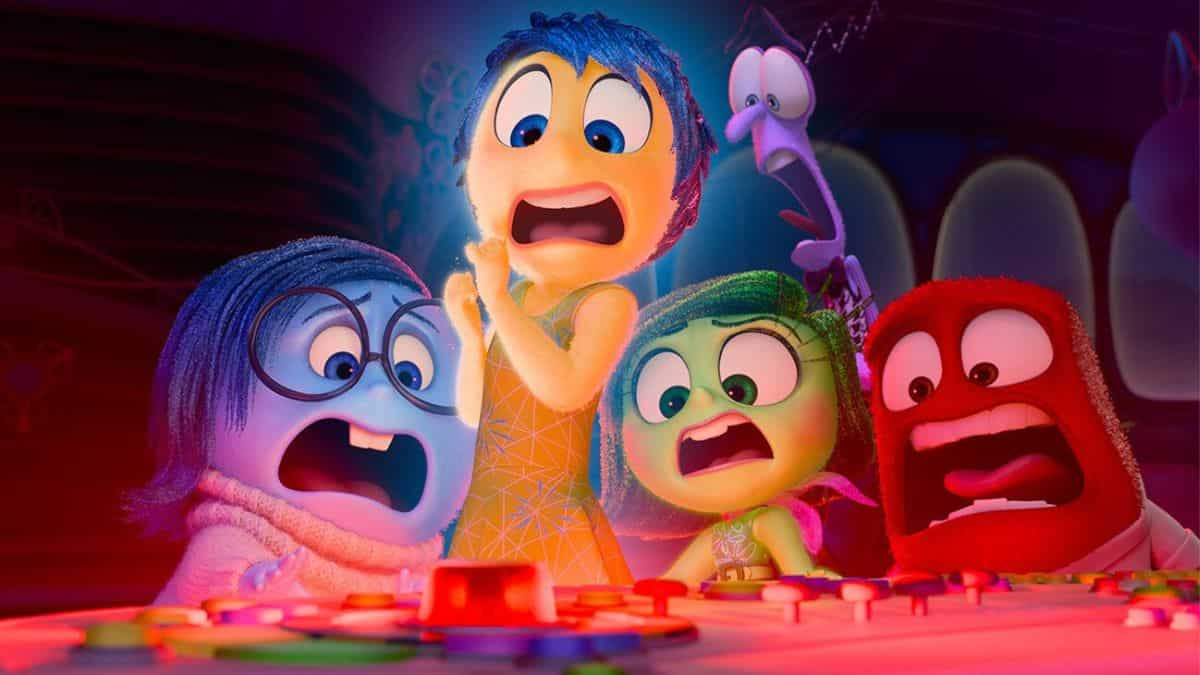
In terms of narrative continuity, I don’t think Inside Out 2 could’ve done any better. There’s no other way to go. It may not match the ingenuity of the first film – the novelty and worldbuilding is gone – but perhaps it isn’t supposed to. That’s what the storm of growing up is about: Building a newer self out of older elements. Nothing will compare to the first few years of consciousness and self-realization. Everything that follows will be a descendant of feelings that already exist. The sequel nails the expansion of a newly minted teen’s worldview – the mental turmoil and the reckonings, the tensions and the contradictions. Despite the franchise's ‘educative’ slant, the film doesn’t talk down to its audience. It’s not easy to break down the complexities of evolution into a coherent and playful landscape. Riley might have overcome the trauma of displacement, but what awaits her is a decade of inevitable change. Being someone is suddenly a choice, not a fact.
Some of the additions are as inventive and perceptive as ever. For instance, Ennui is such a distinctly haughty emotion that a French actress (Adéle Exarchopoulos) voices it. The joke is that Ennui is always on her phone, mindlessly toying with her touchscreen while passing bored comments. I love the birth of sarcasm in Riley: A ‘chasm’ (as in sar-chasm) literally opens up between the land of what she means and the planes of what she says. I also love the gag of Nostalgia, a rickety old lady who keeps stumbling into the headquarters only for the others to turn her back (“Not yet! Wait at least ten years!”). Embarrassment sides with Sadness at some point, a most natural relationship. Joy herself learns that she can’t control who Riley can be; her habit of launching ‘negative’ memories to the back reeks of emotional resistance.
The survival drama of Joy and her gang speaks to the irreversible nature of Riley’s adolescence: They run the risk of exploding all the banished bad memories back into the headquarters. Which is to say that good cannot exist without the bad; the lows are just as important as the highs. Anxiety is technically a ‘villain,’ but she means well, and it’s up to the others to ensure that she doesn’t become the default emotion. One of the film’s definitive scenes reveals the anatomy of an anxiety attack: The chaos inside the mind headquarters is beautifully imagined.
Towards the end, it’s hard not to wonder about the mechanism of mental health breakdowns. It’s a sobering thought that children are perhaps one trigger-happy weekend away from a lifetime of disquiet or depression. The battle to influence Riley’s Sense of Self defines those high stakes. It’s only fitting that it falls upon Joy to wrest back the controls from Anxiety – a binary emotion must subdue a plural feeling. But the message of co-existence, of an ever-widening console, is a difficult one. Riley’s old and new emotions will learn to live in harmony; they will learn to share the renovated space during Riley’s most tumultuous years.
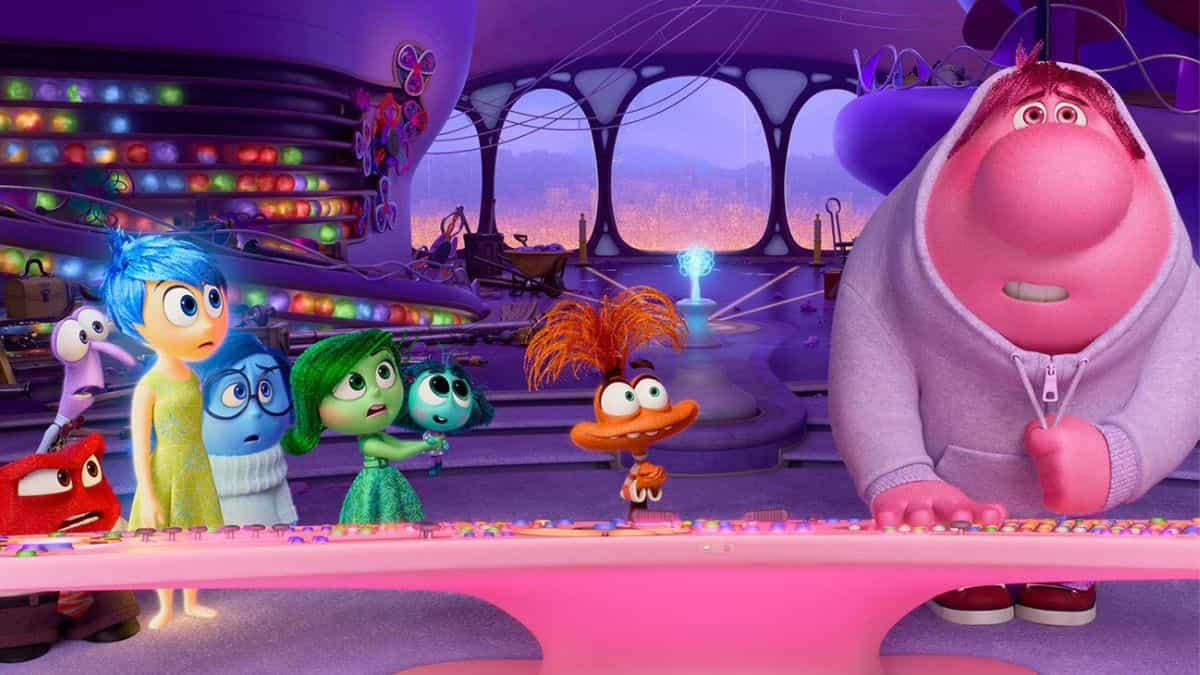
But that’s a very Pixar-neat resolution. It’s not often the case. I don’t think the Joy of my mind managed to subdue Anxiety’s antics on that balmy April evening. The control of my console was indefinitely lost. Perhaps it’s the day I morphed into an introvert without quite realizing it. It’s been 25 years of different degrees of Fear, Guilt, Ennui, Anxiety and Embarrassment ever since. The extremes of Joy and Sadness became secondary emotions; Joy turned into Contentment and Sadness is now Restlessness. Sometimes, they secretly take hold of the console when the others are busy moping around. Like when I sleep next to my partner or see her leave for the airport. When I write a nice piece or miss my late friend. When I see my mother laugh or face an uncertain financial future.
One way to look at it is that my Joy and Sadness are older and more adaptable. I find it easier to recover from setbacks. Another way to look at it is that I’ll never know the unbridled youth of these emotions again. When I went to bed that night, I dreamt of finishing off the match with a six and being hoisted on my friends’ shoulders. They all cheered for me; there was no divide between them, or between parts of myself, anymore. I went on to become a people’s person, a big hit on a college campus and in my office corridors. I traveled the world and became famous. And then I woke up. I was 13 going on 38.
Read Also: abigail on ott - where to watch alisha weir's horror comedy film
